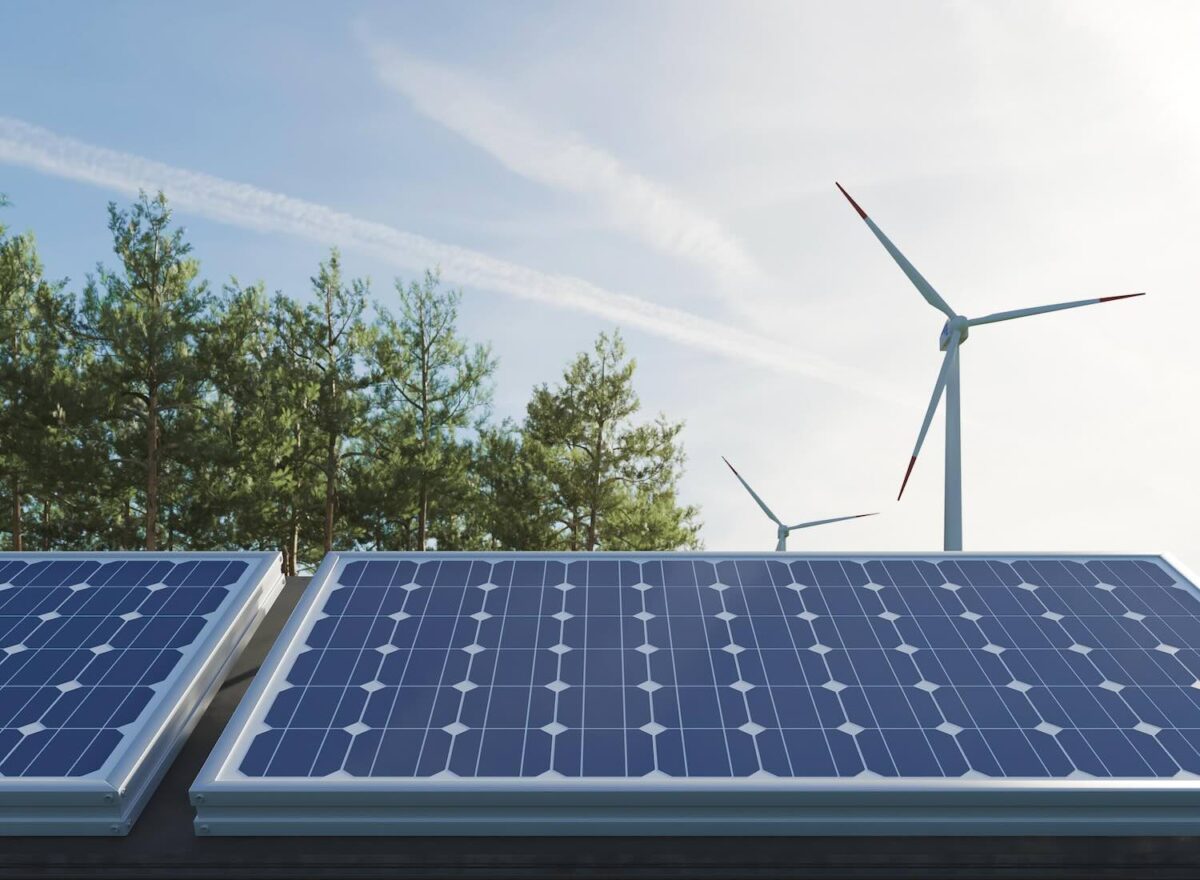The below article summarises a conversation hosted by the Australian Academy of Technological Sciences and Engineering (ATSE) to understand whether renewables are “up to the challenge” of our energy transition.
Australia can achieve close to 100% renewables with the technologies of today. The opportunity lies in doing it better with new technologies and with the appropriate policy and regulatory settings.
We have already progressed about halfway to the Australian Government’s target of 82% renewables by 2030. However, at current deployment rates, especially of storage and wind, we are currently not on track to reach the 2030 target.
There are now some strong government policies in place like the expanded Capacity Investment Scheme (CIS) and Long-Term Energy Service Agreements (LTESA).
However, there is room for improvement around market design, regulation, and planning processes.
For example, improved coordination of building the replacement capacity ahead of the managed retirement of our coal-fired generators, which are less flexible and becoming increasingly less reliable, would significantly reduce costs and risks to consumers.
The tough question is, how do we firm up the last 10-20% of renewables? It will be difficult, and we are probably better off keeping all options open to make the best choices in the future.
Even if we can solve this, we still need to address non-technical issues such as social license.
Despite investor interest – and developers argue that there is virtually unlimited capital to invest in our system and Australia is seen to be low risk economically (despite the recent policy uncertainty) – deployment is not keeping up with our necessary trajectory to our 2030 target.
Social licence has emerged as a key factor to the success or failure of energy projects, including generation and transmission.
Our communities are not well-engaged, and the level of misinformation on the ground is high. One of the most important parts of any new development is to establish a positive dialogue with communities so we can deliver shared benefit to everyone.
These benefits could be financial – NSW has committed to providing landowners with $200,000 for each kilometre of transmission network on their land – but they can be broader.
Conversations with communities suggest that the government could involve people more actively in workforce development planning, given we need at least another 20,000 skilled workers.
Although the operational labour costs are likely to be lower in renewable energy developments, there is a massive shortage of grid, power system and electrical engineers. We need to be proactive in recruiting our energy transition workforce at a very early stage.
The issue of workforce is not just one of skills development. It also relates to where those workers need to be. There is a great opportunity to increase employment in many regional centres. There is also a well-worn path to bringing workers in and out of a region, but it needs to be done carefully without disrupting communities.
Assuming we can overcome the social licence hurdles, some questions remain: What technological advancements do we still need? And can we deliver them in time?
There is no doubt that we are building the plane as we are flying it, but we are faced with practical engineering challenges that we have the capacity to solve. The real issue is whether we have the resources to solve it in time.
We have already seen the solar industry doubling every 2-3 years and we expect this trend to continue with the discovery and development of new solar materials.
The work coming out of organisations like the Australian Centre for Advanced Photovoltaics (ACAP) gives us hope that we can achieve the ambitious goal of 30% efficient solar cells, costing 30 cents per watt by 2030. This 30/30/30 goal is fully supported by the Australian Renewable Energy Agency (ARENA).
We need this ultra-low cost solar for the renewable energy overbuild that will deliver affordable electricity for consumers, to help retire ageing coal- and gas-fired generators, and to power the big hydrogen electrolysers we are hoping will position Australia as a renewable energy exporter.
It could also help reduce the need for storage, which remains a critical piece in the puzzle. But it will not remove the need to develop long duration storage. Solar, wind and 2-4 hour batteries can achieve 80-90% renewables very cost effectively. For the last 10-20% we need long-duration firming.
There are number of different technologies that could do this, including but not limited to pumped hydro (like Snowy 2.0), open cycle gas turbines, compressed air systems, hydrogen and novel battery chemistries including flow batteries. The final three may still need to prove they are commercially viable.
This technology development will require significant support. There are plenty of ‘valleys of death’ to overcome but, again, there are also plenty of investors on the other side.
In 2019, the International Energy Agency reported Australia to be 25th of 27 key country economies when comparing energy research funding. This was supported by further analysis undertaken for the Australian Energy Transition Research Plan under the Australian Council of Learned Academies (ACOLA).
ACOLA found Australia’s RD&D spend, as a portion of national GDP, to be 1.68% in 2021 compared to the world average of 2.71%.
If we are to achieve a high renewable future reliably, at a low cost and with strong social license, we need better technology. And, if that technology is to be available by 2030, we need to invest in it today, starting with R&D in sectors where Australia has a deep need and proven expertise.
Dani Alexander is the CEO of the UNSW Energy Institute
- Dr Alex Wonhas FTSE is one of Australia’s leading energy experts and is currently on the Board of NSW EnergyCo.
- Professor Renate Egan FTSE is the Executive Director of the Australian Centre for Advanced Photovoltaics and a Co-Founder of Solar Analytics.
- Dr Martin Poole is the Head of Development for Ark Energy Corp









